In the current throwaway culture when replacing the old with the new often prevails, Knorr-Bremse Rail System Denmark has a refreshingly different approach. They repair trains by making the most of every component. If necessary, they design and manufacture new parts using our Original Prusa 3D printers and print materials, in particular the self-extinguishing Prusament PETG V0 filament. This is not only a massive step towards sustainability, but a perfect showcase for the possibilities of additive manufacturing. So all aboard, the innovation is just departing the station!
Knorr-Bremse’s main workshop is located in Copenhagen. It made quite an impression on us: imagine an old red brick factory hall with huge windows filled with all sorts of tools and machines. And trains – lots of trains! Inside the workshop, people work on various projects, all in a kind of quiet buzz. Knowing that they’ll soon be moving to a more modern facility, we tried to capture as much of the atmosphere as possible.
We’ve explored the world of model trains and 3D printing before, but our recent journey was a step up. Led by additive manufacturing specialists Lasse Dampe Hardö and Martin Einsberg Nihøj, we dove right into the reality of train production: Reducing obsolescence by finding ways to repair or replace parts that are no longer available. Today, it’s common to replace a slightly scratched iPad with a new one, but the same approach with trains would obviously be expensive and unsustainable.🙂 Knorr-Bremse manufactures new parts for all DSB (Danish State Railways) trains, repairs combustion heaters, extends the life of internal components, and replaces safety and control equipment.
Introducing 3D printing into the process is often tricky because all the train components are under very close scrutiny and require various safety certifications. And this is where our Prusament PETG V0 steps in. It’s not only a tough material with good thermal resistance, but it is also self-extinguishing, therefore it meets all the criteria of necessary certification procedures. That makes it ideal to use to make mounts and covers for various electronic devices. But let’s not get ahead of ourselves.
Tough beginnings
Lasse shows us the 3D printing lab he helped set up. “When I started here, we did zero to very little 3D printing,” he says. But thanks to him, things changed. “I had some experience from my previous job, and we soon started printing some useful things.”
From one 3D printer on a workbench, they’ve moved to a dedicated room with several Original Prusa 3D printers – all boxed in our Original Prusa Enclosures. They print mostly from PETG, but sometimes also from PC Blend – having a stable environment makes it easier to print from advanced materials.
“We do very little maintenance on our Prusas, they just work,” smiles Lasse.
Clever prints that save time and money
When we asked for some examples of prints, it was Martin’s time to shine. He showed us various clever designs they’ve developed over the years: From relatively trivial things like a handheld battery cover to improved oil burner sensors.
The battery cover may look simple, but it’s a vital part – and one that can no longer be bought off the shelf. And even if you break the whole terminal, the guys at Knorr-Bremse can make you a new one. They’ve used 3D printing to make a prototype of the chassis, and SLS printers to make a new, durable metal one.
The oil burner sensors are a good example of clever and sustainable thinking: The whole sensor is held together by a plastic part that wears out over time. After that, you have to basically throw the sensor away and replace it with a new one. Using a more durable filament to print the sensor case extends the lifespan of the whole component and by saving on the replacement, cuts the overall costs by half. The same goes for the motor gearbox – one printed part can save an entire motor that would otherwise have to be completely replaced! Crazy, right?
Some 3D printed parts are more durable than injection molded ones. Martin showed us a typical example: a plastic part of an emergency handle. It takes a lot of force to pull it, so it gets worn out and breaks quite quickly. A simple printed part withstands the pressure much better and keeps the whole mechanism intact.
Last but not least – Martin proudly showed us the ATC – Automatic Train Control system – basically, a metal box that is attached to the rails every few hundred meters. It serves a very important purpose: helping the drivers and dispatchers monitor the position of the train. It is very important to keep it safe from unauthorized manipulation. That’s why Knorr-Bremse introduced its anti-tamper seals, which cover all the screws. It’s a simple but incredibly effective print that saves time and money compared to the traditional injection molded parts.
And by the way, they’re very sturdy. Iit took us over ten minutes to get a few seconds of footage of us breaking the seal with a screwdriver! But… Anything for the community.
Prusament PETG V0
Knorr-Bremse, looking for usable printing material, helped us develop the Prusament PETG V0 and tested several batches before it was released. The most important feature is that the Prusament PETG V0 has US certification and is compliant with EU standards, because there are very strict regulations on what kind of self-extinguishing plastics can and cannot be used in trains. By the way, the V0 is currently only PETG material with such certifications in the world!
How does it work? Self-extinguishing material has mechanisms that slow and eventually stop the flame. When our Prusament PETG V0 starts to burn, it forms a carbonized crust on the surface that prevents oxygen from entering and fueling the flame, eventually extinguishing the fire. You can see the effect in our video.
When it comes to Prusament in general, Lasse gives us very positive feedback: “I like the consistency of each spool and the print quality is just exceptional!”
And he’s speaking from his experience with several other filaments on the market (including some that claim to be self-extinguishing).
So where’s the catch?
The story so far is pretty nice, right? Sustainability over waste, 3D printing, advanced materials… So why isn’t everyone doing it?
“The problem is not finding new parts to print, the problem is the time investment needed for all the red tape,” Lasse explains.
Any idea for a replacement 3D-printed part has to be approved by the train’s manufacturer, and often by the government. We’re talking about safety aspects, material standards, and so on. And it’s not just about sending the request alone.
“You need the prototype, all the documentation, certification of the materials…” Lasse lists the required paperwork.
The whole process can take months at best, and almost a year if the government is involved. At the moment, Knorr-Bremse has several parts waiting for approval and even more in the pipeline.
“From a broader perspective, we’re still at the beginning,” admits Lasse, but he is optimistic and hopes that things will eventually speed up as 3D printing gains momentum in all sorts of industries.
“I see more and more people in the railway industry looking into 3D printing. And for good reason!” he says.
Proud 3D Printers and Prusa Users
In the Knorr-Bremse 3D printing labs you will find several Original Prusa MK3S+ printers, some of them venerable MK3 machines, purchased back in 2017 and later upgraded to the newer version. These are real workhorses with thousands of hours of print time, while requiring very little maintenance.
There’s also one brand new Original Prusa MK4 already up and running. Both Lasse and Martin like the print quality and the automatic calibration, and are looking forward to experimenting with the quick-swap nozzle feature.
When asked what he likes most about 3D printing, Martin mentions rapid production, sustainability, and shorter lead times. He says it’s the best tool for repairing and designing parts – he’s a proud maker indeed.
According to Lasse, we should expect to see even more 3D printing, not just on the railroad, but everywhere.
“Every technology you work with has its limitations, but with 3D printing, I see those limitations not as an ultimate blocker, but just as something that’s going to be solved sooner or later,” says Lasse.
Jakub Fiedler, Štěpán Feik and Jakub Kmošek






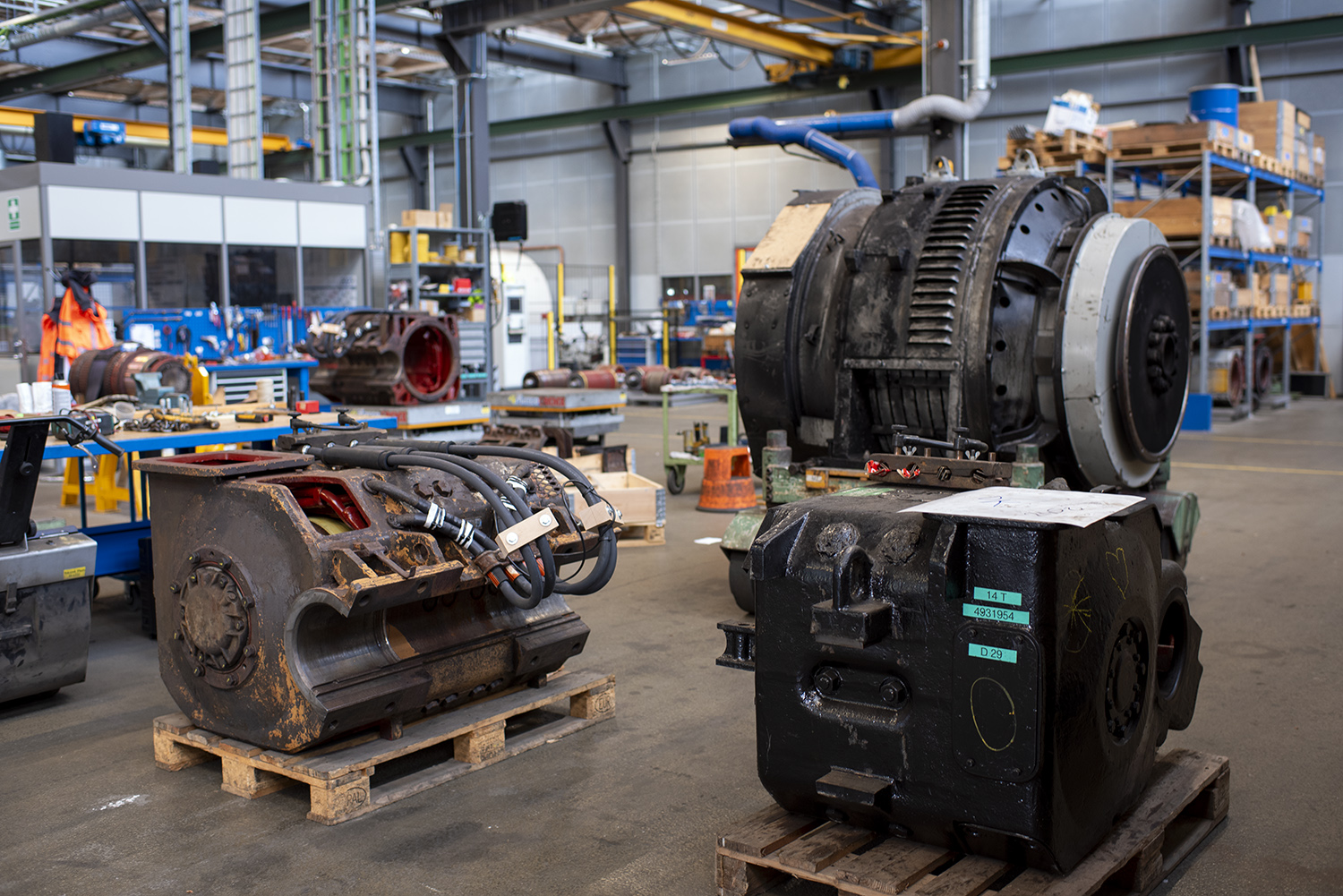

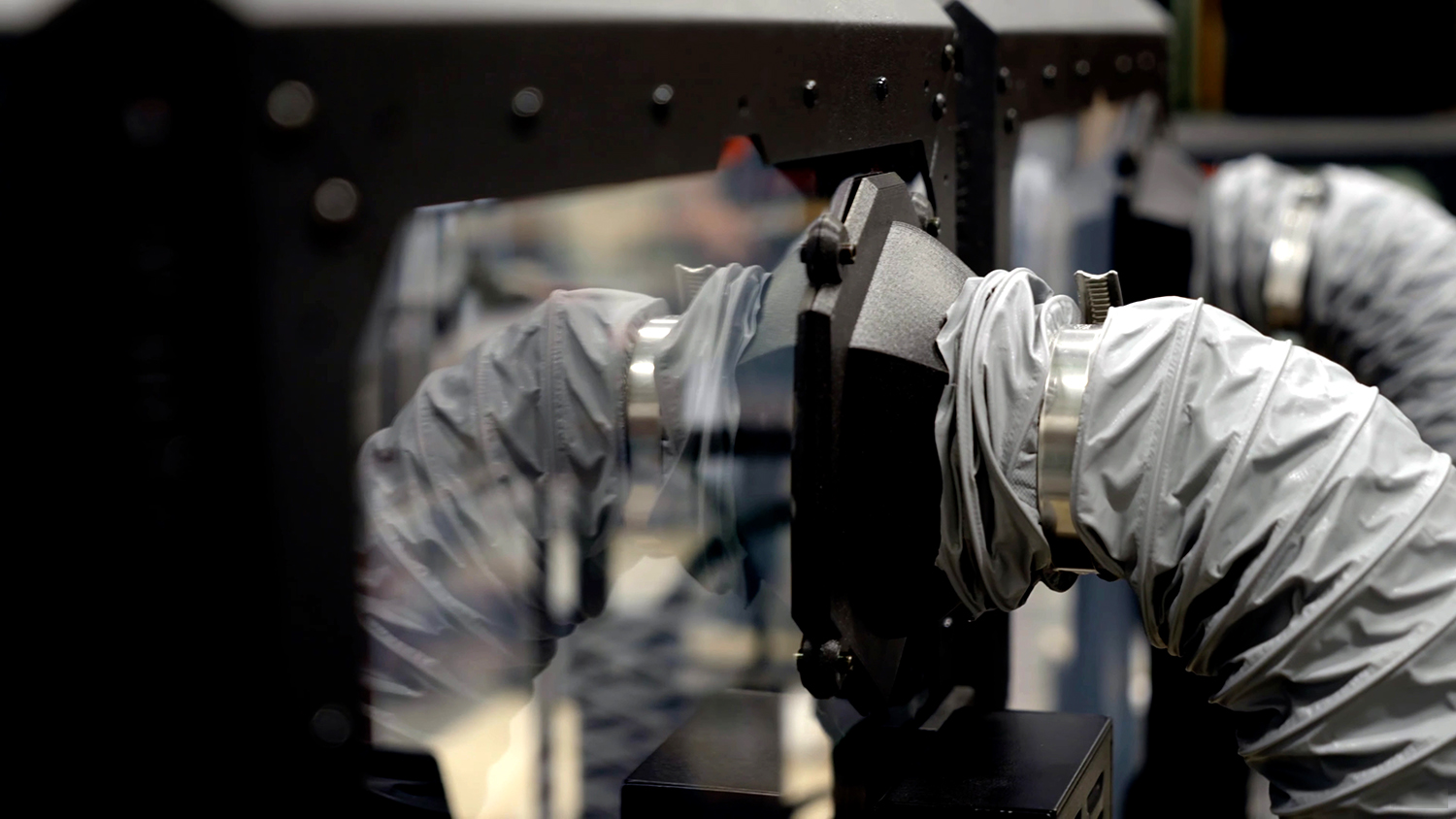
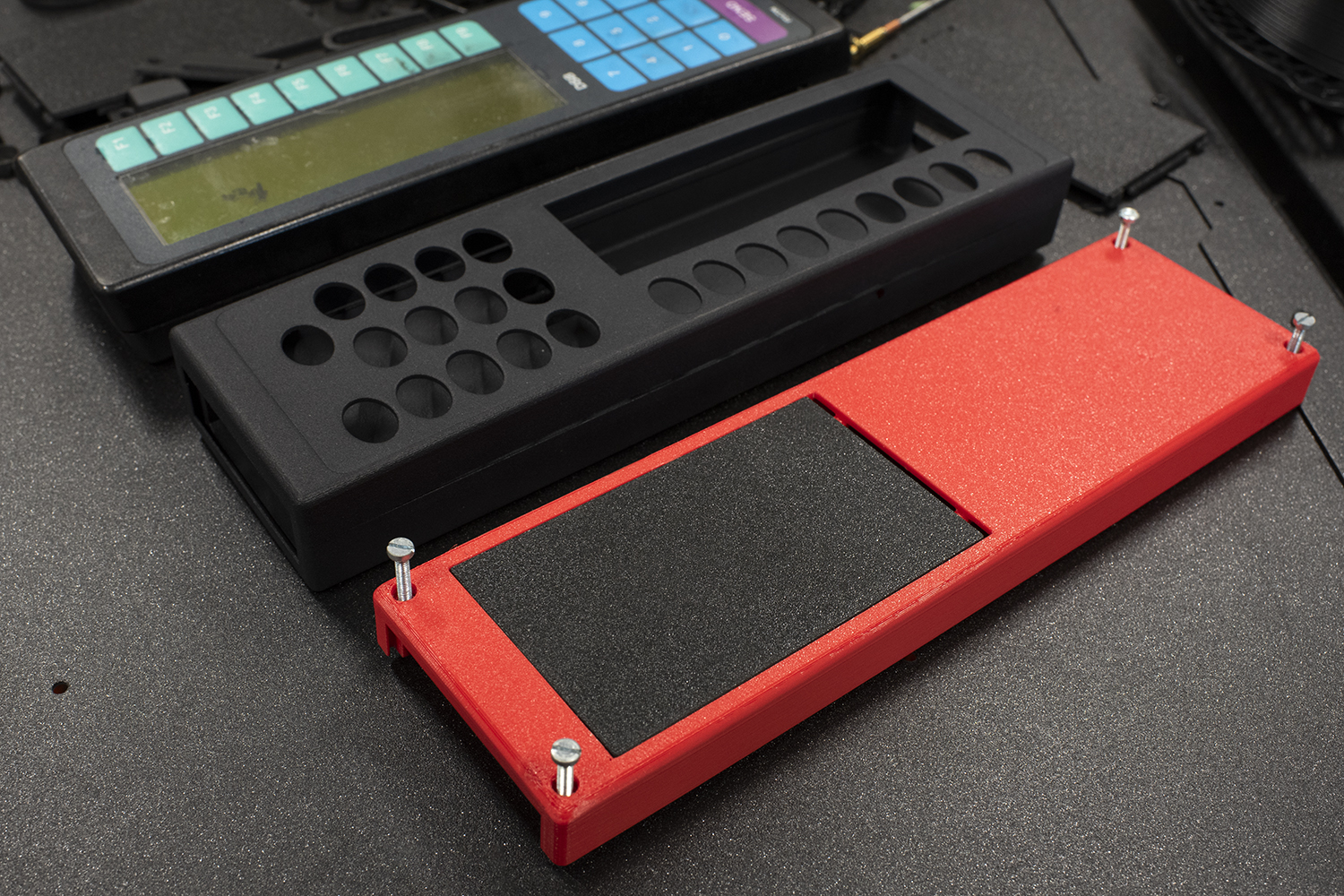
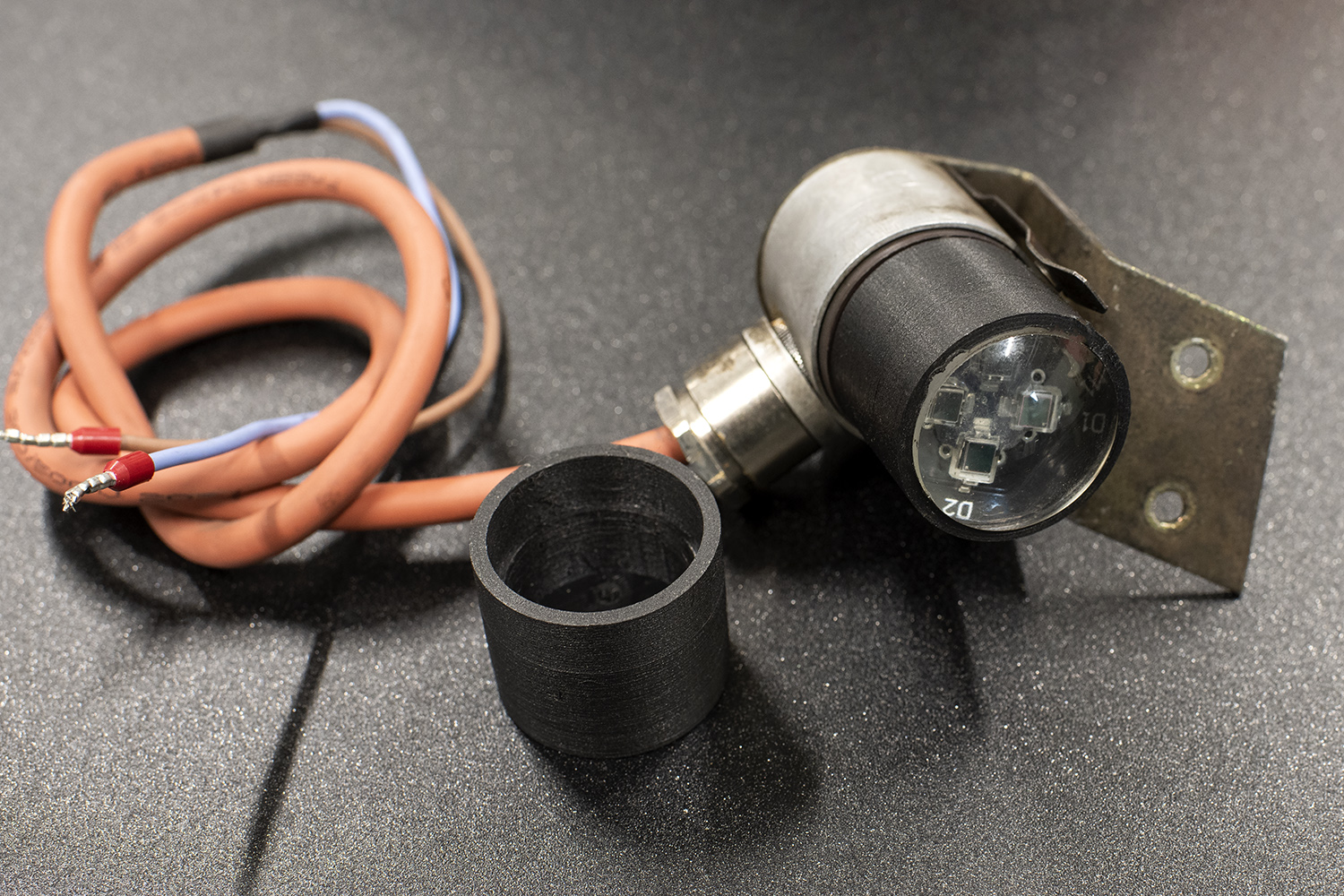
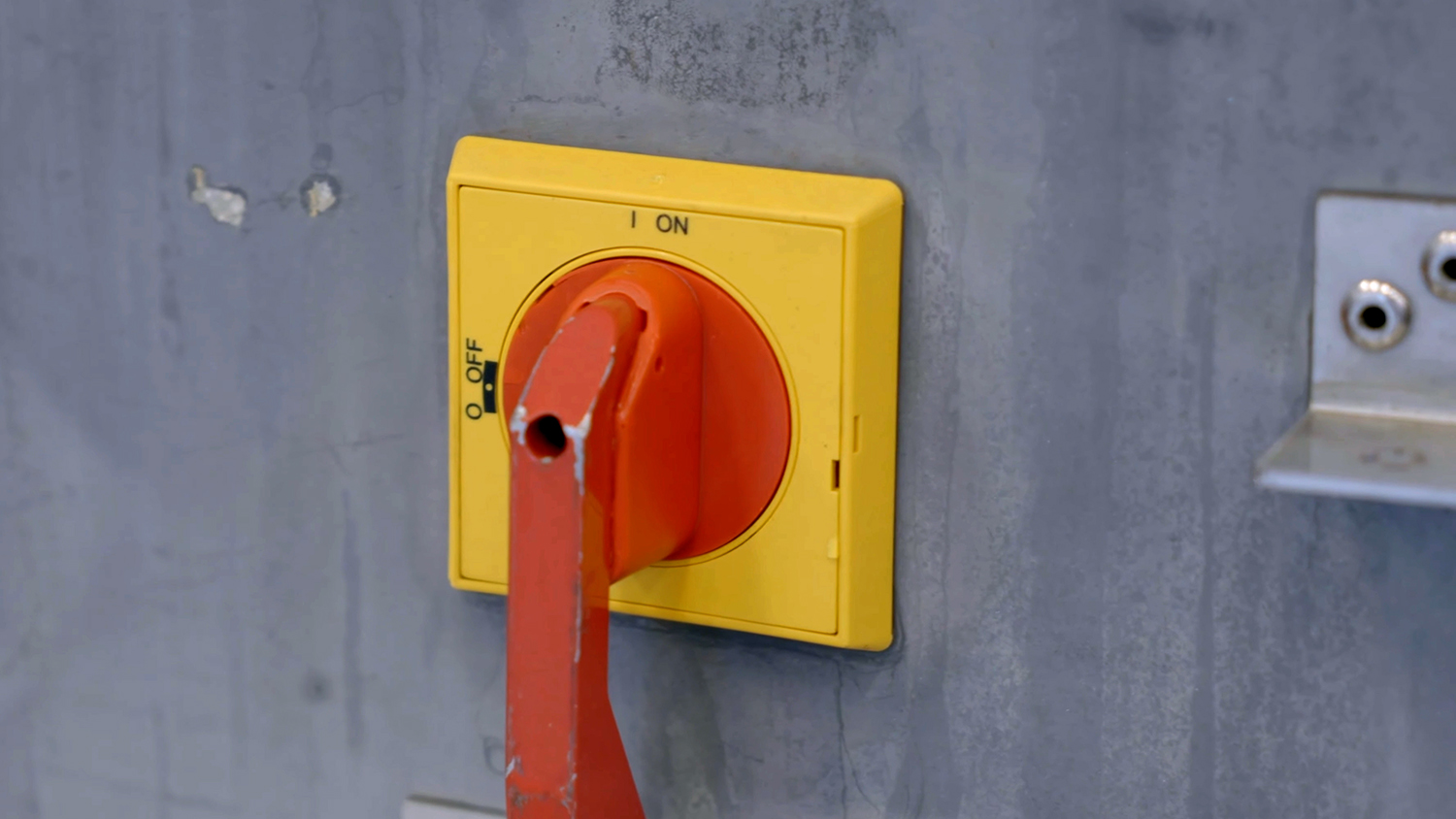
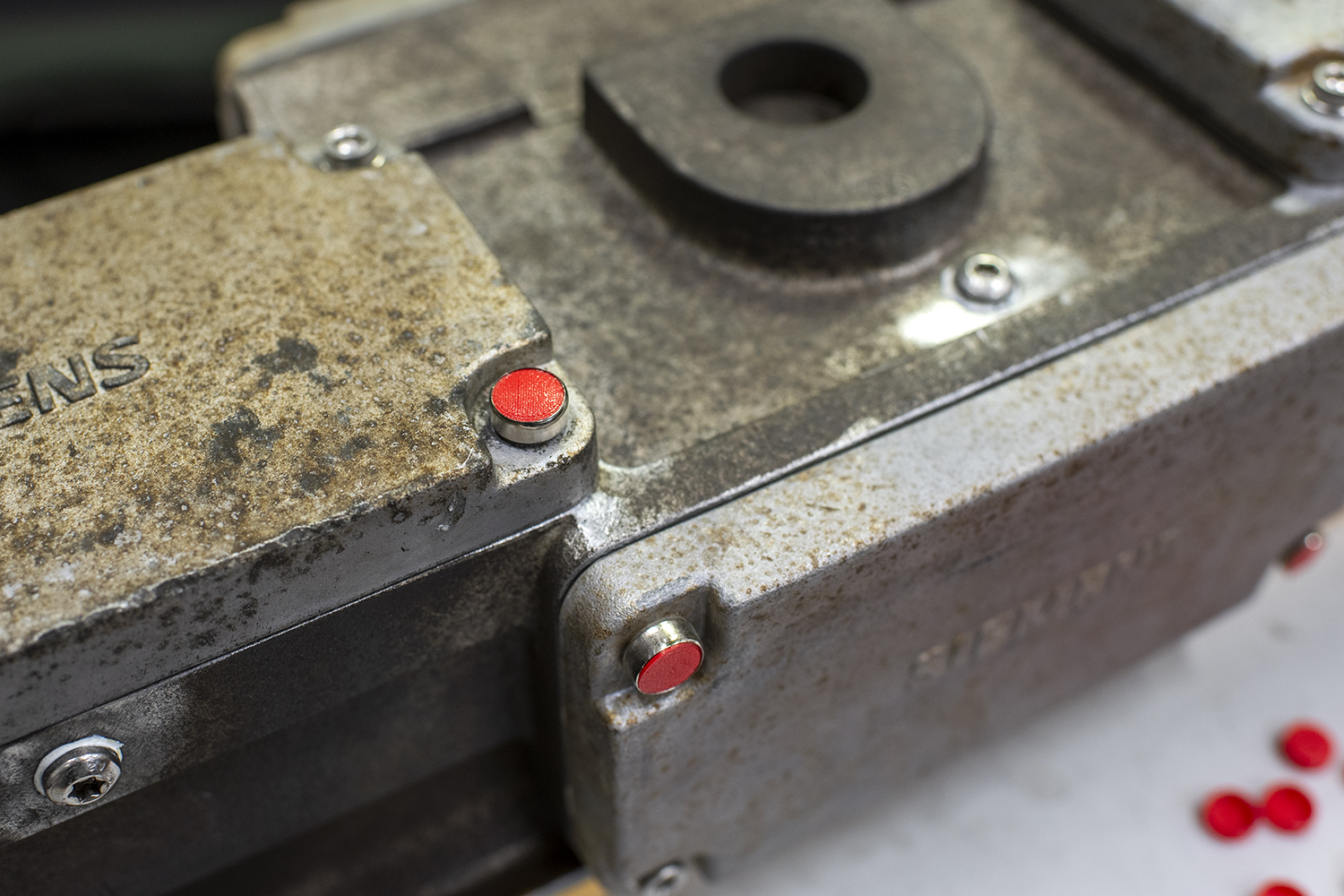
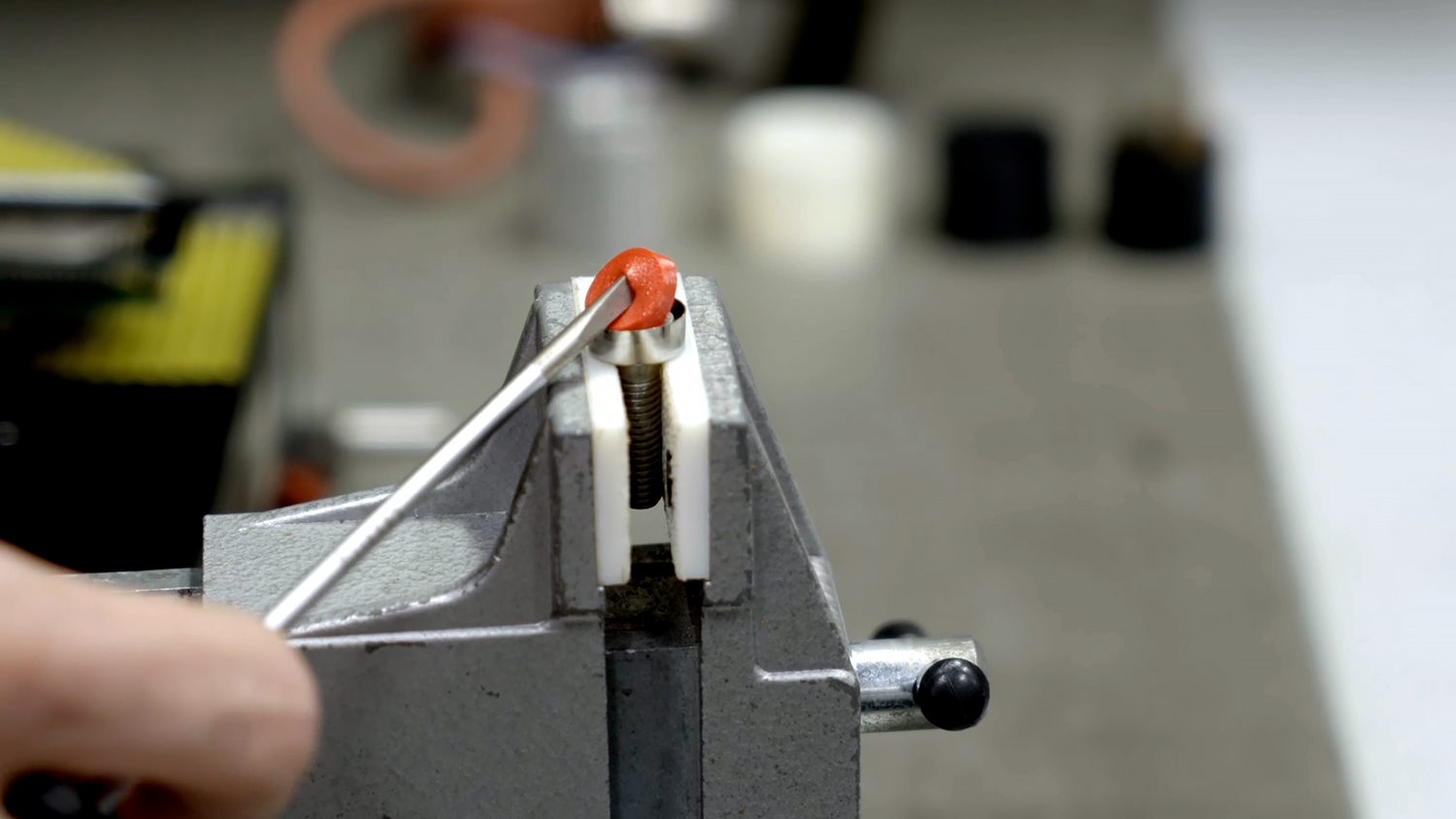
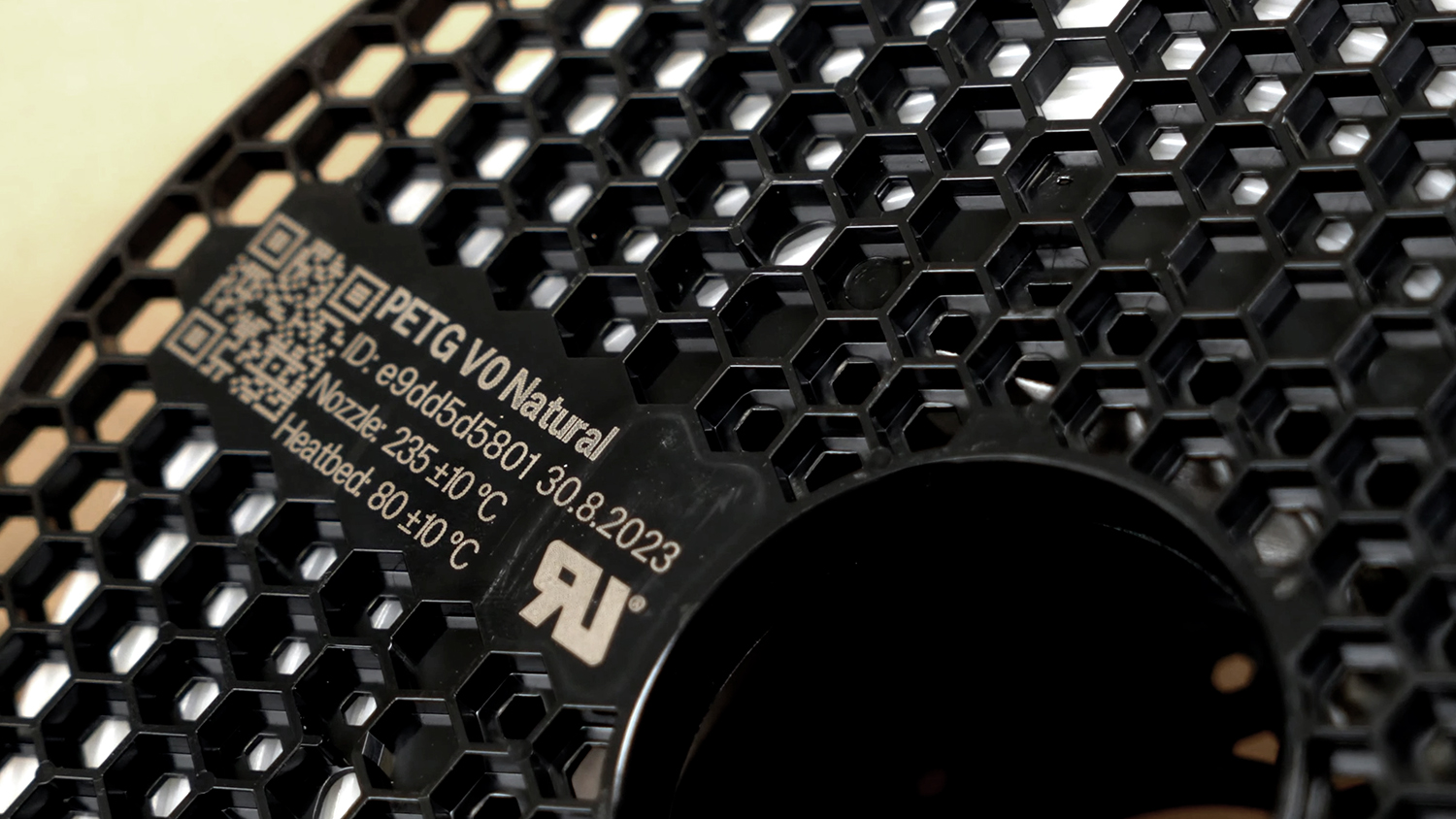
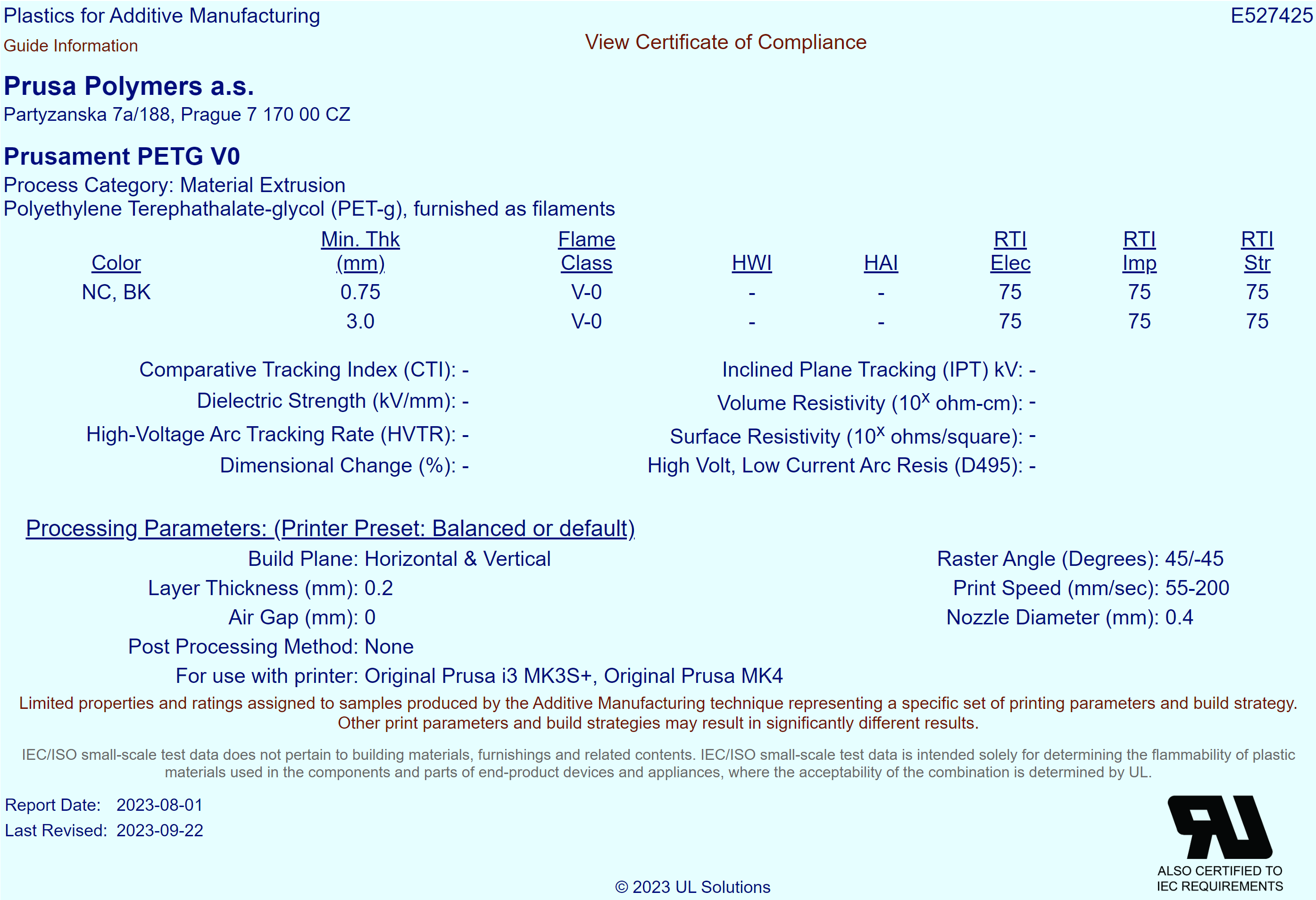
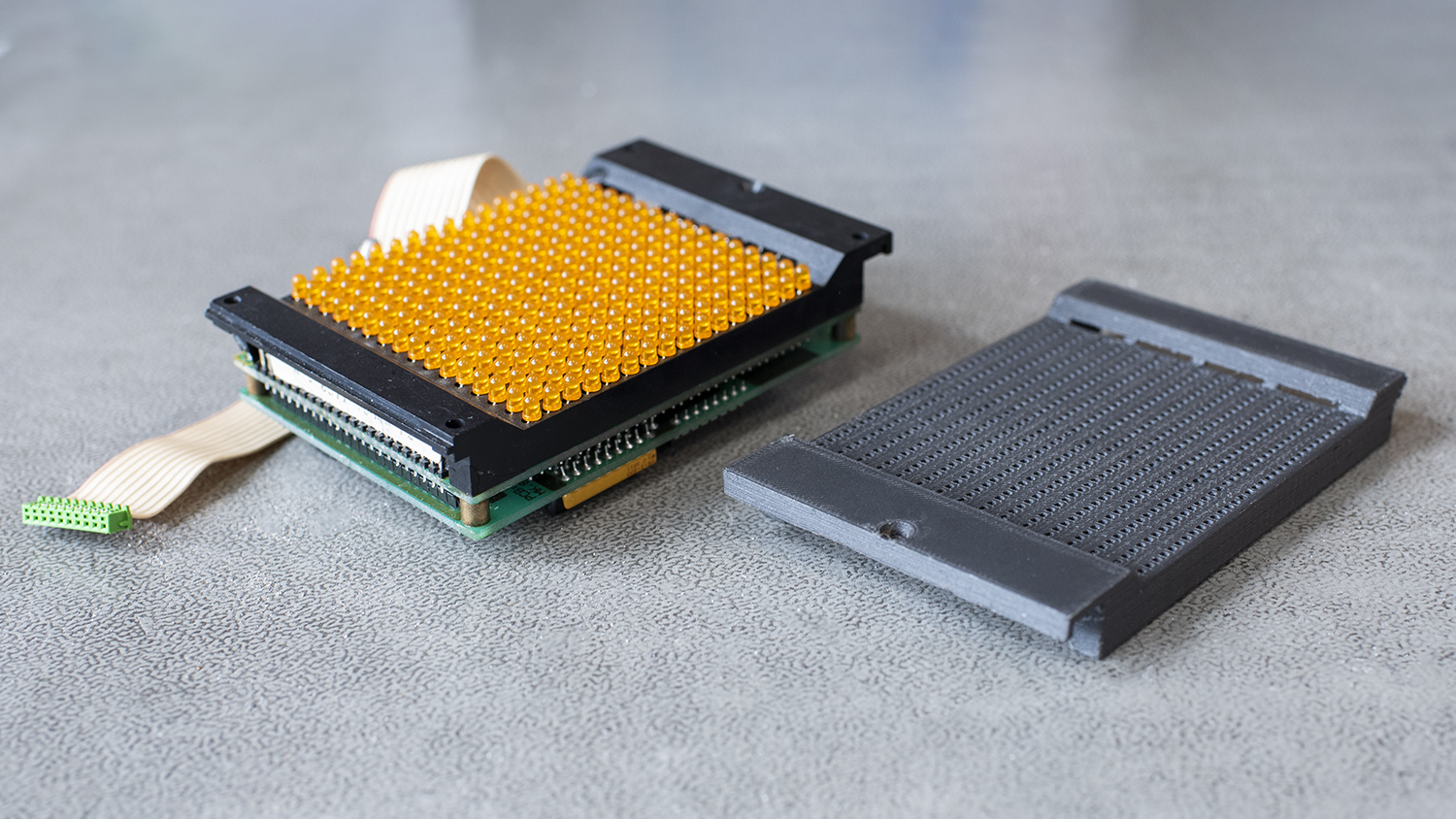
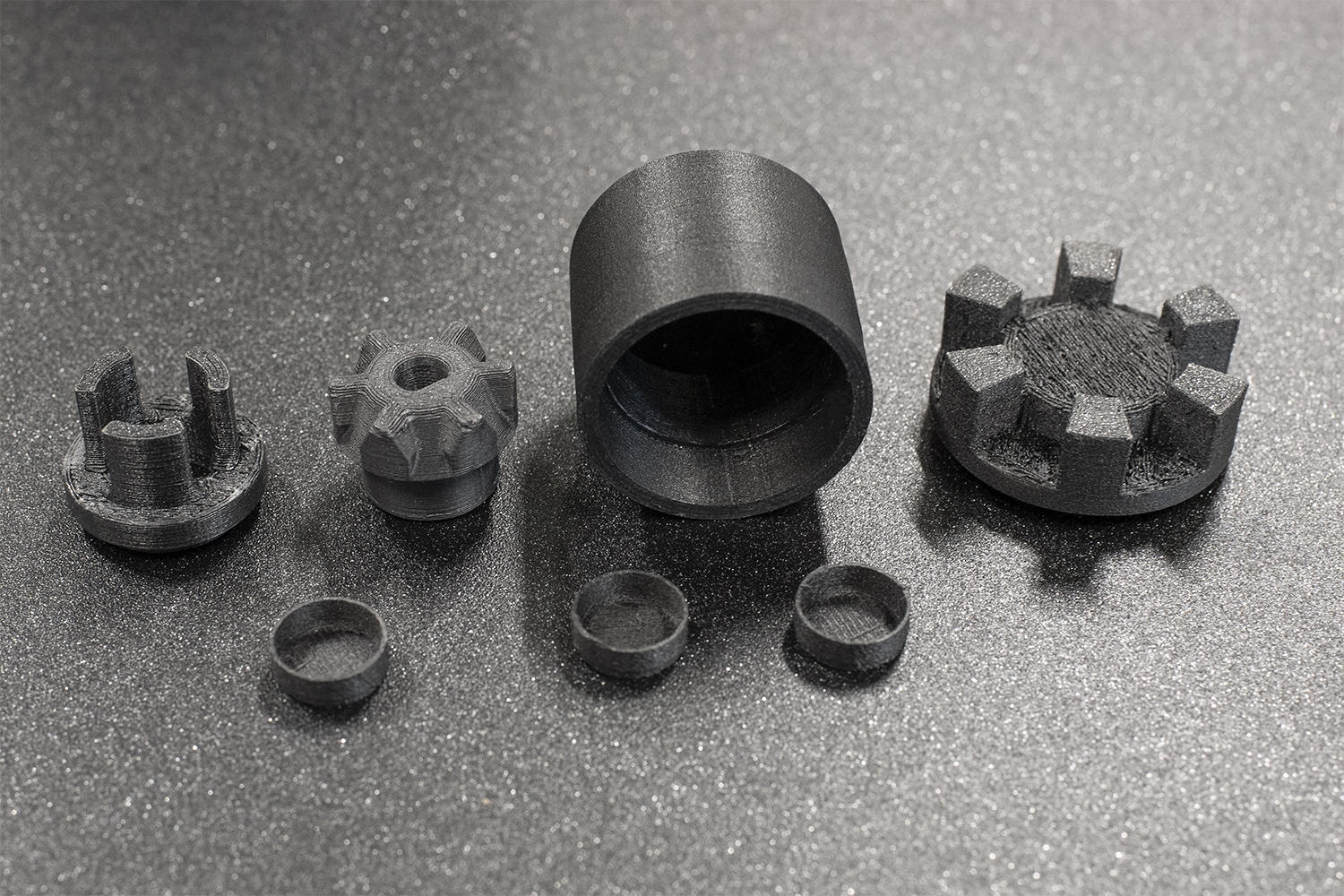
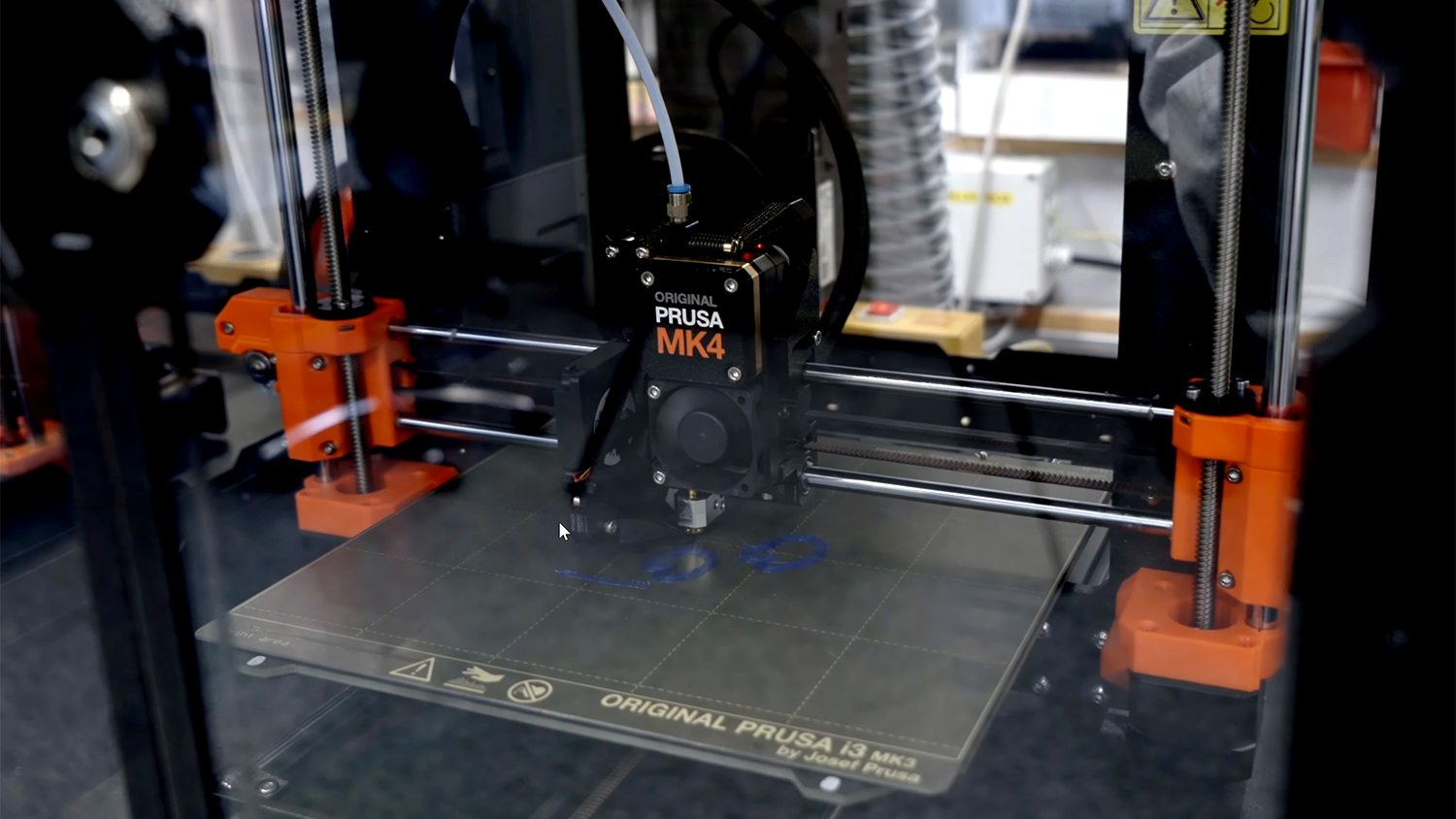
A <a href="https://www.vativeapps.com/tiktok-clone">tiktok clone</a> app is a mobile application that replicates the popular features of TikTok, allowing users to create, share, and discover short-form video content. These apps typically include features like video recording, editing tools, music integration, filters, and a social feed for browsing and interacting with videos from other users. They aim to provide a similar user experience to TikTok, fostering creativity and entertainment through short videos. TikTok clones have gained popularity due to the growing demand for user-generated video content and the desire to replicate the TikTok experience on other platforms.
Good